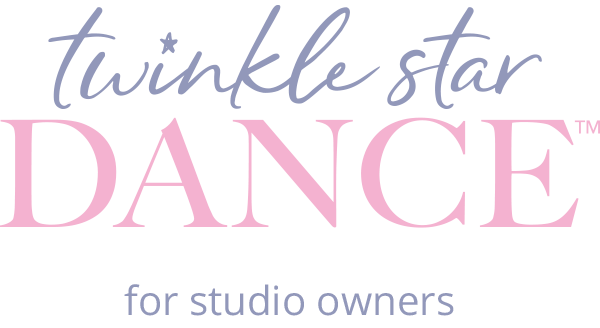Preschool dance classes are more than just an introduction to the art of movement; they are a foundational experience where young dancers start to build essential skills, understand their bodies, and cultivate a love for the art form. To create a successful and enriching dance class for preschoolers, it’s crucial to focus on several key elements: skill building, engagement, repetition, and structure. Let’s explore these components and how they contribute to the progression of the preschool dancer.
1. Skill Building: A Balanced Approach
In preschool dance classes, skill building is a fundamental element. The goal is to introduce young dancers to basic techniques and movements in a way that aligns with their developmental stage. It's important to balance "follow me" movements—where the instructor demonstrates and the children imitate—with periods of sustained focus where dancers practice these skills independently.
During skill-building segments, use simple, age-appropriate themes and analogies to make learning fun and relatable. For example, compare a plié to bending like a tree or a hop to jumping over a puddle. This approach helps preschoolers connect with the movement and understand it better.
2. Engagement: Making Learning Fun and Meaningful
Engagement is key to keeping preschoolers interested and motivated. Incorporate schema play, where children explore and experiment with movement in a way that makes sense to them. Use playful analogies and themes that resonate with their experiences. For example, a class theme could be “Under the Sea,” where movements are inspired by sea creatures.
By integrating themes and stories into the lesson, you create a context that makes the movements more meaningful. This not only keeps the children engaged but also helps them remember and apply the skills they are learning.
3. Repetition: The Power of Practice
Repetition is crucial in preschool dance classes. Young dancers benefit from seeing and practicing skills several times throughout the class. Repeated exposure helps reinforce learning and builds confidence. This doesn’t mean repeating the same movements endlessly; instead, vary the practice through different activities or games that reinforce the same skills.
For instance, if you’re teaching a simple jump, you might start with a demonstration, then practice it through a jumping game, and later integrate it into a dance routine. This variety keeps the class exciting while ensuring that the skills are repeatedly practiced and reinforced.
4. Structure: Creating a Consistent Framework
A well-structured class helps preschoolers understand what to expect and how to follow along. Create a clear and consistent structure with a script or plan for each class. This includes a warm-up, skill-building activities, games, and a cool-down. Structure provides a sense of security and helps children focus on learning and enjoying the dance experience.
The structure should also include moments for individual practice and group activities. This balance helps children develop both independence and teamwork skills.
5. Brain/Body Connection: Speaking and Doing
Young children often learn best when they can connect verbal instructions with physical actions. Encourage preschoolers to articulate what they are doing as they dance. For instance, ask them to describe their movements or the feelings associated with them. This brain/body connection reinforces their learning and helps them internalize the skills.
6. Zone of Proximal Learning: Tailoring to Individual Needs
Each child has a unique learning curve. The Zone of Proximal Learning refers to the space between what a child can do independently and what they can do with guidance. Tailor your instruction to meet each child at their level, providing support where needed and gradually encouraging more independence as they progress.
7. Passport/Skill Books: Tracking Progress
Consider using passports or skill books as a way to track each child’s progress. These can include stickers, stamps, or notes on skills achieved and areas for improvement. It provides a visual representation of their growth and keeps both children and parents engaged and motivated.
The Four Pillars of Preschool Dance
Center Movement: Focusing on core movements that establish the foundation for more complex skills.
Skill Building: Developing essential dance techniques through structured practice and creative play.
Just for Fun: Ensuring that every class includes elements of joy and playfulness to foster a love for dance.
Recital: Providing opportunities for performance to celebrate achievements and build confidence.
To deepen your understanding and enhance your preschool dance program, join Tiffany at the Energize Conference in Chicago this August 16-18. Learn more and connect at the Energize Conference.
By integrating these elements into your preschool dance classes, you’ll create a rich, engaging, and effective learning environment that supports the growth and development of young dancers.
Meet Tiffany Henderson
Tiffany Henderson is a renowned leader and expert in the dance industry. She is the owner of several Tiffany's Dance Academy locations across Northern California. Tiffany’s innovative video-based teacher training system and curriculum, Twinkle Star Dance, is successfully used in over 300 dance studios around the globe.

